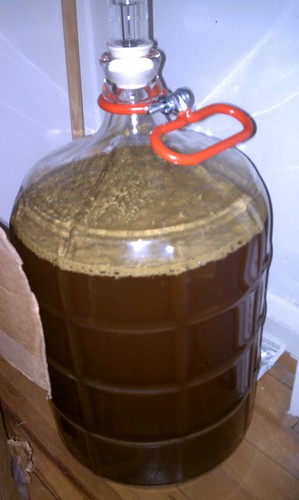Leaving it on the yeast for 2-4 weeks lets the yeast clean up after itself fully. Pulling it off the yeast BEFORE it's done means you probably won't get as good a brew as you would have otherwise. Unless you have ultra-tight fermentation temperature control (like 1-2 degrees F variances) you'll want the yeast to clean up after itself.
Do NOT just go off of SG readings to see when a brew is done. If you don't taste before moving it, you'll not know if it's ready to be racked/bottled/etc. I also wouldn't take a single SG reading as being the FG. I don't care what the directions/software/world says. If you can't confirm the same SG reading with at least two samples, at least a couple/few days apart, you don't know.
Most of us here are going with longer primaries, with no racking to secondary vessels (or bright tanks since no actual fermenting takes place) before bottling/kegging our home brew.
There's two camps around this method these days. Those that follow processes from 10+ years ago when ingredients weren't very good, yeast wasn't even close to what we have today, and methods for brewing were still in their infancy. Today, you can get great yeast, beyond great ingredients, and have the benefits of more mature methods for home brewing. All that combines to no need for racking just to get a brew to clear up some. In fact, leaving it ON the yeast will help it to clear faster, since you're not disturbing it by racking to another vessel.
Another benefit to NOT racking is you eliminate the added risk of contamination.
For about 90-95% of the brews being made (I will agree that no racking isn't for all brews) you can just leave it on the yeast...
Personally, I won't rack unless I need to get OFF of a flavor element that I need to stop the contribution of. Otherwise, let it ride on the yeast and enjoy even better home brew moving forward...






